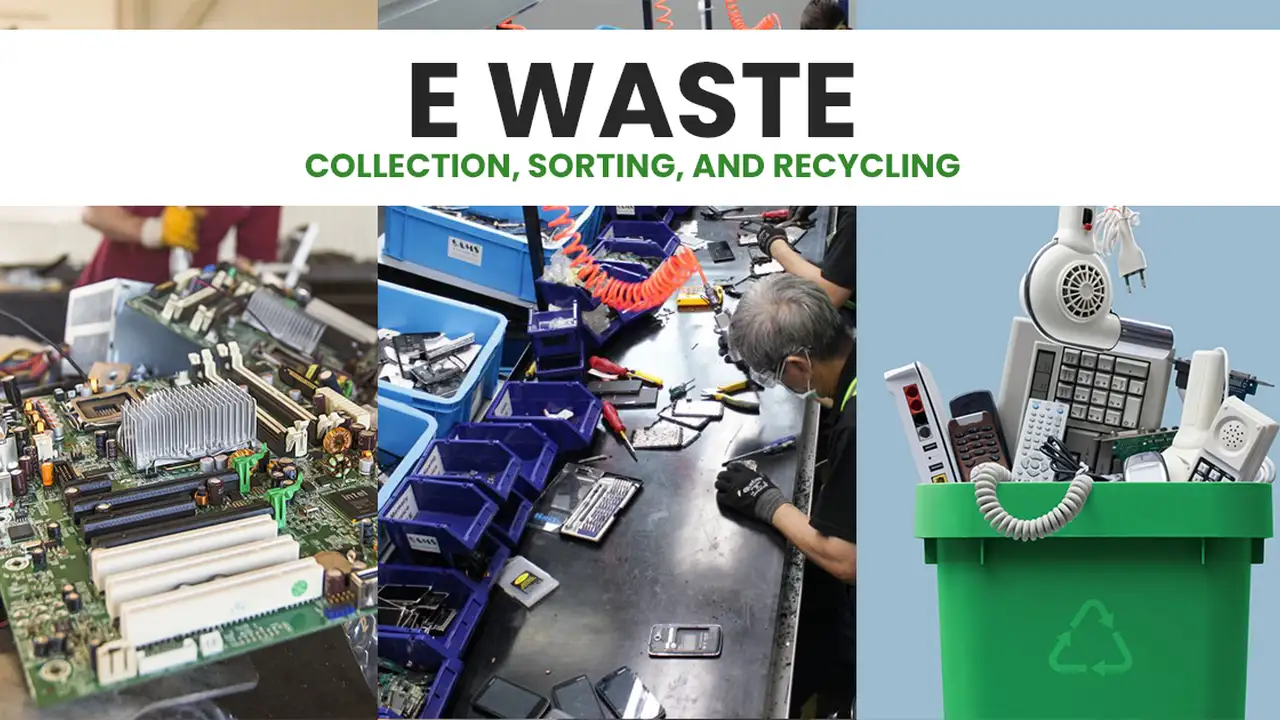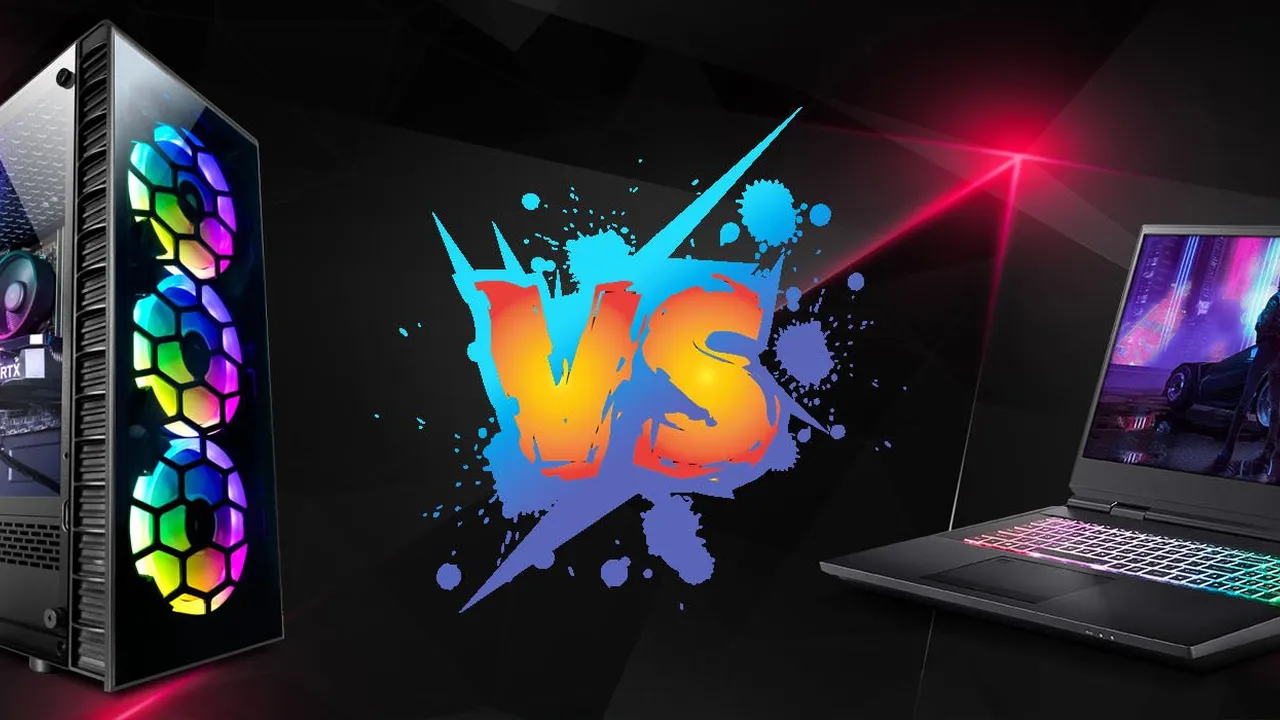
Best E-Waste Recycling Programs and Services for Responsible Disposal
Understanding E-Waste The Growing Challenge
Hey everyone, let's talk about something super important but often overlooked: e-waste. That's short for electronic waste, and it's basically all the old, broken, or unwanted electronic gadgets we accumulate. Think about it – your old smartphone, that clunky desktop computer from a decade ago, a broken TV, even dead batteries. All of these eventually become e-waste. And here's the kicker: it's one of the fastest-growing waste streams globally. Why? Because technology evolves so rapidly, and we're constantly upgrading our devices. This creates a massive problem because electronics contain a cocktail of hazardous materials like lead, mercury, cadmium, and brominated flame retardants. If these end up in landfills, they can leach into the soil and groundwater, contaminating our environment and posing serious health risks. Plus, these devices also contain valuable materials like gold, silver, copper, and rare earth elements. When we just toss them, we're not only polluting but also wasting precious resources that could be recovered and reused. So, responsible disposal isn't just a nice-to-have; it's a must-have for a healthier planet and a more sustainable future.
Why Proper E-Waste Disposal Matters Environmental and Health Impacts
So, we've touched on it, but let's really dig into why proper e-waste disposal is such a big deal. First off, the environmental impact is huge. When electronics are improperly disposed of, especially in landfills, those toxic chemicals I mentioned earlier – lead, mercury, cadmium – they don't just disappear. They seep into the ground, contaminating our soil and water sources. This can harm ecosystems, affect wildlife, and eventually make its way into our food chain. Imagine drinking water or eating produce that's been exposed to these heavy metals. Not good, right? Beyond the immediate pollution, there's also the issue of resource depletion. Manufacturing new electronics requires mining for raw materials, which is an energy-intensive process that often involves significant environmental disruption. By recycling e-waste, we can recover valuable materials, reducing the need for new mining and conserving natural resources. It's a circular economy in action!
Then there are the health implications. Workers in informal recycling operations, particularly in developing countries, are often exposed to these hazardous materials without proper protection. They might be burning plastics to extract metals, releasing toxic fumes into the air, or handling corrosive chemicals with bare hands. This leads to a range of serious health problems, from respiratory illnesses and neurological damage to cancer. Even for us, if these toxins enter our environment, they can affect our health over time. So, by choosing certified and responsible recycling programs, we're not just protecting the planet; we're also supporting ethical labor practices and safeguarding human health globally. It's about being a responsible global citizen.
Identifying Reputable E-Waste Recycling Programs What to Look For
Okay, so you're convinced that recycling your old gadgets is the way to go. But how do you know if a recycling program is actually reputable and not just sending your stuff to a landfill in another country? This is crucial. The key is to look for certifications. These certifications ensure that the recyclers adhere to strict environmental and data security standards. Here are the main ones to keep an eye out for:
R2 Certification Responsible Recycling
The R2 (Responsible Recycling) certification is probably the most widely recognized and respected standard in the electronics recycling industry. An R2 certified recycler has demonstrated that they manage e-waste in an environmentally responsible way, prioritize worker health and safety, and ensure data security. This means they have processes in place for proper material handling, data destruction, and downstream accountability (meaning they know where all the components end up). If a recycler is R2 certified, you can be pretty confident they're doing things by the book.
e-Stewards Certification The Highest Standard
The e-Stewards certification is considered by many to be the most rigorous global standard for electronics recycling. It goes a step further than R2 by explicitly prohibiting the export of hazardous e-waste to developing countries and banning the use of prison labor. E-Stewards certified recyclers are committed to zero landfill disposal of hazardous e-waste and prioritize the reuse of functional equipment. If you see an e-Stewards certification, you know you're dealing with a top-tier, environmentally conscious recycler.
Other Important Considerations Data Security and Transparency
Beyond certifications, always ask about data security. Your old devices, especially computers and smartphones, contain a ton of personal information. A reputable recycler will have robust data destruction protocols, often using methods like physical shredding or multiple-pass data wiping, to ensure your data is unrecoverable. Don't just assume your data will be safe; ask for proof or a certificate of destruction. Transparency is also key. A good recycler should be able to tell you exactly what happens to your electronics once they receive them. They should be open about their processes and where materials are sent for further processing. Avoid any program that seems vague or unwilling to provide details.
Top E-Waste Recycling Programs and Services Product Recommendations and Use Cases
Alright, let's get down to some practical options. While specific programs might vary by location, here are some of the most reliable and widely available e-waste recycling services and programs you can look into. I'll also highlight some specific products they handle and their typical costs, though remember prices can fluctuate.
Best Buy Electronics Recycling Program
Overview: Best Buy is a fantastic option for consumer electronics recycling, especially in the US. They have one of the most comprehensive in-store recycling programs, accepting a huge range of items, regardless of where you bought them. They partner with certified recyclers to ensure responsible disposal. This is super convenient because you can often just drop off your old stuff while you're out shopping for new tech.
Products Handled: Almost anything with a plug or battery! This includes TVs (CRT, LCD, LED), computers (laptops, desktops, monitors), printers, cell phones, tablets, cameras, gaming consoles, small appliances, and even some larger items like mini-fridges. They also take cables, chargers, and accessories.
Use Cases: Perfect for individuals and small businesses looking to dispose of a few items at a time. Great for upgrading your phone, getting a new TV, or finally clearing out that old computer from your closet.
Cost: Many items are recycled for free. However, there might be a small fee for certain large or bulky items like old tube TVs (CRTs) or monitors, typically ranging from $25 to $50, depending on the size and your state's regulations. Always check their website or call your local store for the most current fee schedule.
Example Scenario: You just bought a new 4K TV and need to get rid of your old 50-inch plasma. You can take it to Best Buy, pay a small fee if applicable, and know it's being handled responsibly. Or, you've upgraded your iPhone and have your old one sitting around; just drop it off for free.
Staples Technology Recycling
Overview: Similar to Best Buy, Staples offers an in-store recycling program for a variety of office electronics. This is particularly useful for home office users or small businesses that frequently upgrade their tech.
Products Handled: Computers, monitors, printers, shredders, keyboards, mice, modems, routers, cell phones, tablets, and other office-related electronics. They generally don't accept TVs or large appliances.
Use Cases: Ideal for office cleanouts, disposing of old computer peripherals, or recycling your work laptop when you get a new one.
Cost: Most items are recycled for free. There might be limits on the number of items you can bring in per day (e.g., 7 items per customer per day).
Example Scenario: Your home office printer finally died, and you have an old monitor gathering dust. You can take both to Staples for free recycling.
Manufacturer Take-Back Programs Apple, Samsung, Dell, HP
Overview: Many major electronics manufacturers have their own recycling or trade-in programs. These are often excellent options because the manufacturers are directly invested in the responsible disposal and recycling of their own products. They often partner with certified recyclers and sometimes even offer incentives for returning old devices.
Products Handled: Primarily their own brand's products. For example, Apple's program focuses on iPhones, iPads, Macs, and Apple Watches. Dell and HP focus on their computers, monitors, and printers. Samsung handles their phones, tablets, TVs, and appliances.
Use Cases: Best for when you're upgrading to a new device from the same brand. It's a seamless way to dispose of your old tech while potentially getting some credit towards your new purchase.
Cost: Often free, especially if it's a trade-in program where you get credit. Some might offer free shipping labels for mail-in recycling. Check each manufacturer's specific program details.
Example Scenario: You're buying a new MacBook Pro. Apple's trade-in program allows you to send in your old MacBook for recycling and get a discount on your new purchase. Or, you have an old Samsung TV; check Samsung's recycling page for mail-in or drop-off options.
Local Government and Community Recycling Events
Overview: Many cities, counties, and local waste management authorities organize special e-waste collection events or have permanent drop-off sites. These are often funded by local taxes or grants and are designed to make recycling accessible to residents. They typically partner with certified recyclers.
Products Handled: Varies widely by location, but often includes a broad range of electronics, from small gadgets to large appliances. Some events might have specific restrictions or accept only certain types of items.
Use Cases: Great for residents who have a variety of items to dispose of and prefer a local, community-based solution. Keep an eye on your local government's waste management website or community calendars for event dates.
Cost: Often free for residents, though some might charge a small fee for very large or specialized items.
Example Scenario: Your city announces an e-waste collection day next month. You can gather all your old electronics – a broken DVD player, an ancient printer, and a few old cell phones – and drop them off at the designated site.
Mail-Back Programs and Specialized Recyclers
Overview: For specific or harder-to-recycle items, or if you don't have convenient local options, mail-back programs can be a lifesaver. Companies like TerraCycle specialize in recycling hard-to-recycle waste streams, including some electronics and batteries. There are also specialized recyclers for things like rechargeable batteries (e.g., Call2Recycle) or specific medical devices.
Products Handled: Varies greatly. TerraCycle offers programs for things like old headphones, specific brands of electronics, or even vape pens. Call2Recycle focuses on rechargeable batteries and cell phones. Some programs are for specific types of industrial or commercial e-waste.
Use Cases: Ideal for niche items, remote areas, or when you prefer the convenience of shipping. Also good for businesses with specific waste streams.
Cost: Can range from free (if sponsored by a brand or organization) to a fee for a specialized recycling box or service. For example, a TerraCycle box might cost $100-$200, but it allows you to send a specific type of waste.
Example Scenario: You have a collection of old, dead rechargeable batteries from various devices. You can find a Call2Recycle drop-off location near you or check if they offer a mail-back option. Or, you have a specific brand of headphones that has a recycling partnership with TerraCycle.
Preparing Your Electronics for Recycling Data Wiping and Removal
Before you hand over your old gadgets, there are a couple of super important steps you absolutely cannot skip. This is all about protecting your personal information and making sure the recycling process is smooth.
Back Up Your Data
First things first: back up everything! Photos, documents, contacts, emails, app data – anything you want to keep. Use cloud services like Google Drive, Dropbox, or iCloud, or an external hard drive. Once you wipe your device, that data is gone, so make sure you have a copy.
Perform a Factory Reset
This is your primary line of defense for data security. A factory reset (or factory wipe) will erase all your personal data and settings, returning the device to its original state, just like when you first bought it. The process varies slightly by device:
- Smartphones/Tablets (iOS): Go to Settings > General > Transfer or Reset iPhone > Erase All Content and Settings.
- Smartphones/Tablets (Android): Go to Settings > System > Reset options > Erase all data (factory reset).
- Computers (Windows): Go to Settings > System > Recovery > Reset this PC. Choose 'Remove everything'.
- Computers (macOS): Use Disk Utility in Recovery Mode to erase the startup disk, then reinstall macOS.
Even after a factory reset, some advanced data recovery methods might be able to retrieve fragments of data. That's why certified recyclers use more robust data destruction methods, but a factory reset is essential for your initial protection.
Remove SIM Cards and Memory Cards
Don't forget the physical stuff! Always remove your SIM card from phones and tablets. This card contains your phone number and carrier information. Also, take out any external memory cards (like microSD cards) from cameras, phones, or other devices. These often store photos and other personal files.
Remove Batteries (If Applicable and Safe)
For some devices, especially laptops or older gadgets, you might be able to safely remove the battery. If you can, it's often a good idea, as batteries require separate recycling due to their chemical composition. However, only do this if it's designed to be user-removable and you know how to do it safely. For integrated batteries (like in most modern smartphones), leave them in; the recycler will handle them.
The Future of E-Waste Management Innovation and Circular Economy
Looking ahead, the way we manage e-waste is constantly evolving, and there's a lot of exciting innovation happening. The goal is to move towards a more circular economy, where products are designed for longevity, repairability, and ultimately, easy recycling, minimizing waste and maximizing resource recovery.
Design for Disassembly and Modularity
One major trend is 'design for disassembly.' This means manufacturers are starting to design products that are easier to take apart, making it simpler to separate different materials for recycling. Modularity, where components can be easily replaced or upgraded, also plays a huge role in extending a product's lifespan and reducing waste.
Advanced Recycling Technologies
New technologies are emerging to make e-waste recycling more efficient and effective. This includes advanced robotics for automated disassembly, sophisticated chemical processes to extract rare earth metals, and even biological methods using microbes to recover valuable materials. These innovations promise higher recovery rates and less environmental impact.
Extended Producer Responsibility EPR
Many countries are implementing or strengthening Extended Producer Responsibility (EPR) laws. EPR holds manufacturers responsible for the entire lifecycle of their products, including their end-of-life disposal. This incentivizes companies to design more sustainable products and fund recycling programs, shifting the burden away from consumers and municipalities.
Consumer Awareness and Participation
Ultimately, a big part of the solution lies with us, the consumers. Increased awareness about the importance of e-waste recycling and easy access to reputable programs are key. As more people participate in responsible disposal, the demand for sustainable products and recycling infrastructure will grow, driving further innovation and positive change.
So, next time you're thinking of tossing an old gadget, remember the impact it has. Take a few minutes to find a certified recycling program, wipe your data, and do your part for a healthier planet. Every little bit helps!
:max_bytes(150000):strip_icc()/277019-baked-pork-chops-with-cream-of-mushroom-soup-DDMFS-beauty-4x3-BG-7505-5762b731cf30447d9cbbbbbf387beafa.jpg)






